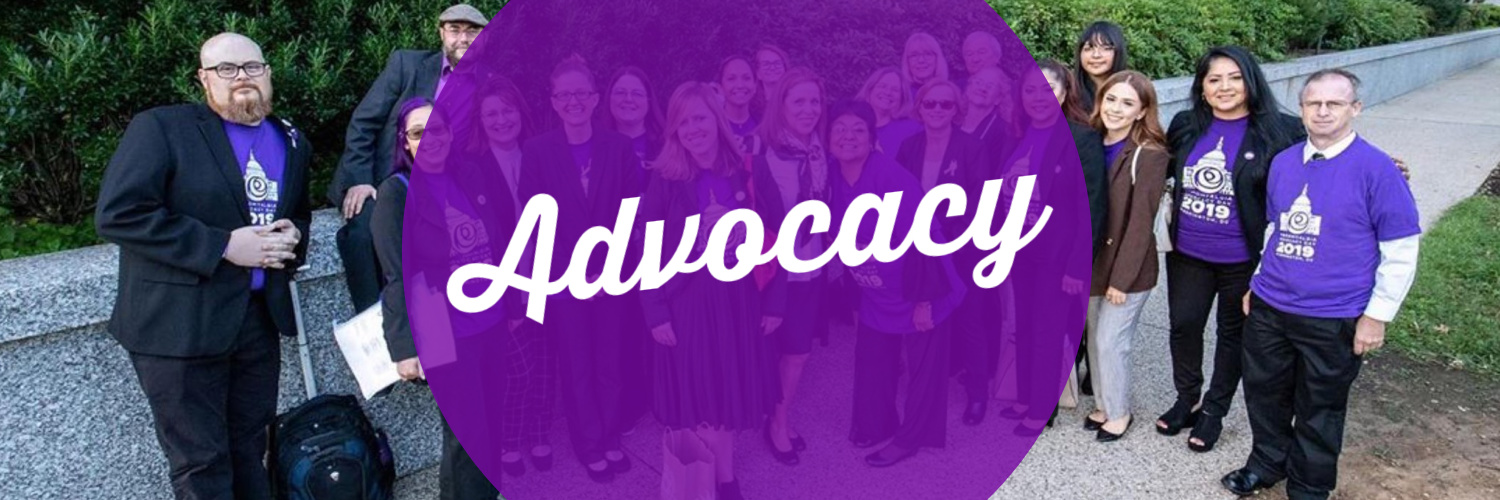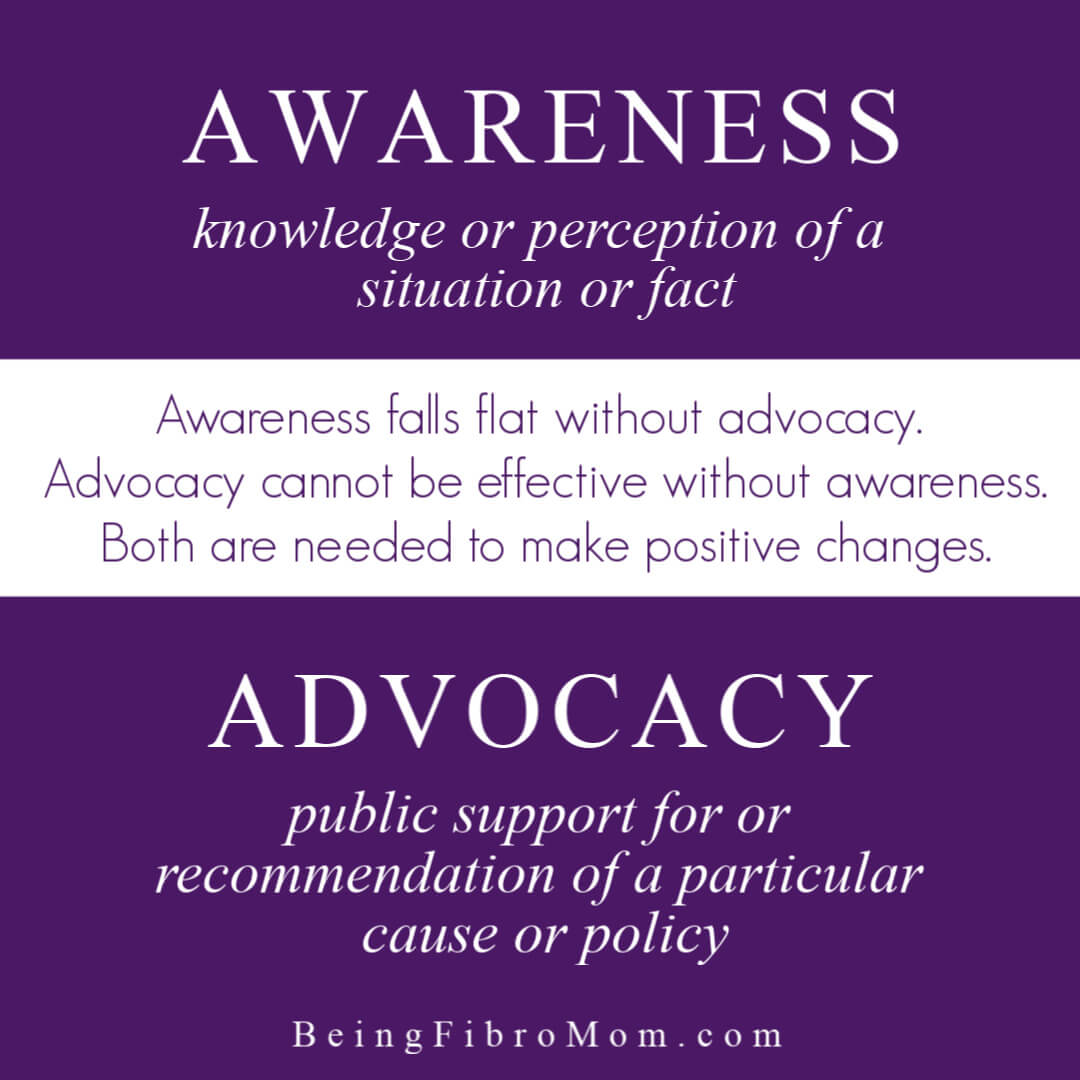
Advocacy is such an empowering, action-packed word. It’s full of purpose, swollen with endless opportunities and possibilities, and can single-handedly improve the lives of millions for countless reasons. Its versatility makes it accessible to anyone at any time in any place. Whether the degree of use is small or large, the collective impact is equally as powerful and meaningful.
Because of its dynamic impact, there’s a misconception of what defines an advocate – a person who enacts and drives advocacy to its potential – that some experience or training is required to be one. The fallacy of what defines an advocate leads others to believe they cannot advocate or be involved with advocacy in any way. The opposite is true.
Why is Advocacy Important?
There is a lot of fibromyalgia awareness taking place in the fibromyalgia community. It’s in the form of talking about how it affects daily life, how difficult it is to get a diagnosis, and the struggle to get effective treatment options. Patients share their stories on social media and speak up about the lack of support they receive from their providers. Parents living with fibromyalgia are sharing the difficulties of caring for their families while struggling to manage their symptoms.
Despite insufficient research and inconsistent information from various public health organizations, the National Institute of Health started decreasing funding for fibromyalgia-specific research. This results in little to no medical education for providers on diagnosing, treating, and managing the condition with their patients. This, in turn, leaves the patient in a healthcare gap, adversely affecting their health and quality of life. This is where advocacy steps in.
Advocacy is the Action for Awareness
Awareness makes a problem known, states why it is a problem, and the effects of the problem. Advocacy presents the problem, lists possible solutions, and states the need for correction. This is why awareness and advocacy are equally important; you can see why advocacy is the action part of awareness. The two go hand-in-hand and are vital for positive changes to be made in the fibromyalgia community for patients and their families.

Being a Fibromyalgia Advocate
Because of its dynamic nature, advocacy can take many forms. Whether someone is sharing their story of how fibromyalgia affects their life, initiating legislative change on the steps of our nation’s capital, or anything in between, these are forms of advocacy, and they all matter.
It doesn’t matter the reason for advocacy or what form it takes as long as it is done in the hopes of improving the quality of life for another. This is what advocacy is all about—stepping outside our circle of comfort to make life better for others. A person doesn’t need to have experience, training, or connections to be an advocate.
Advocates come from all walks of life, backgrounds, and experiences. They live in cities, suburban, and rural areas worldwide. Some live with fibromyalgia, and others are caregivers of those living with fibromyalgia. Others neither live with fibromyalgia nor care for someone with fibromyalgia but support fibromyalgia patients in some capacity and do what they can.
How to Get Involved with Advocacy
The fibromyalgia community needs a change. More importantly, it needs more people willing to be that change. A myriad of people are struggling with fibromyalgia right now, and they are searching for help in whatever way they can get it. They need help, and help is lacking in our community on so many levels—communication, resources, guidance, and more.
So, let’s put aside this notion of having to fit a specific mold to advocate for a change in the fibromyalgia community. Think about what action you can take to help another. Possibilities include (but are not limited to):
Sharing your story of living with fibromyalgia or caring for someone with fibromyalgia.
Encouraging local leaders (city and county government) and public officials (mayors and governors) to become involved with the change. Some ideas include sharing a post on social media or declaring an official Fibromyalgia Awareness Day.
Sharing information about upcoming fibromyalgia events, support groups, or other activities.
Participating in Fibromyalgia Advocacy Day.
Talk to your local radio and news station about sharing information about fibromyalgia awareness month or day, fibromyalgia support groups, or upcoming fibromyalgia events.
If you are still uncertain about how you can get involved, please feel free to reach out to me. You can also contact Support Fibromyalgia Network to ask how you can become involved in Advocacy Day for fibromyalgia or in whatever way is possible for you. Remember, any amount of time – a little or a lot – can make a difference.
